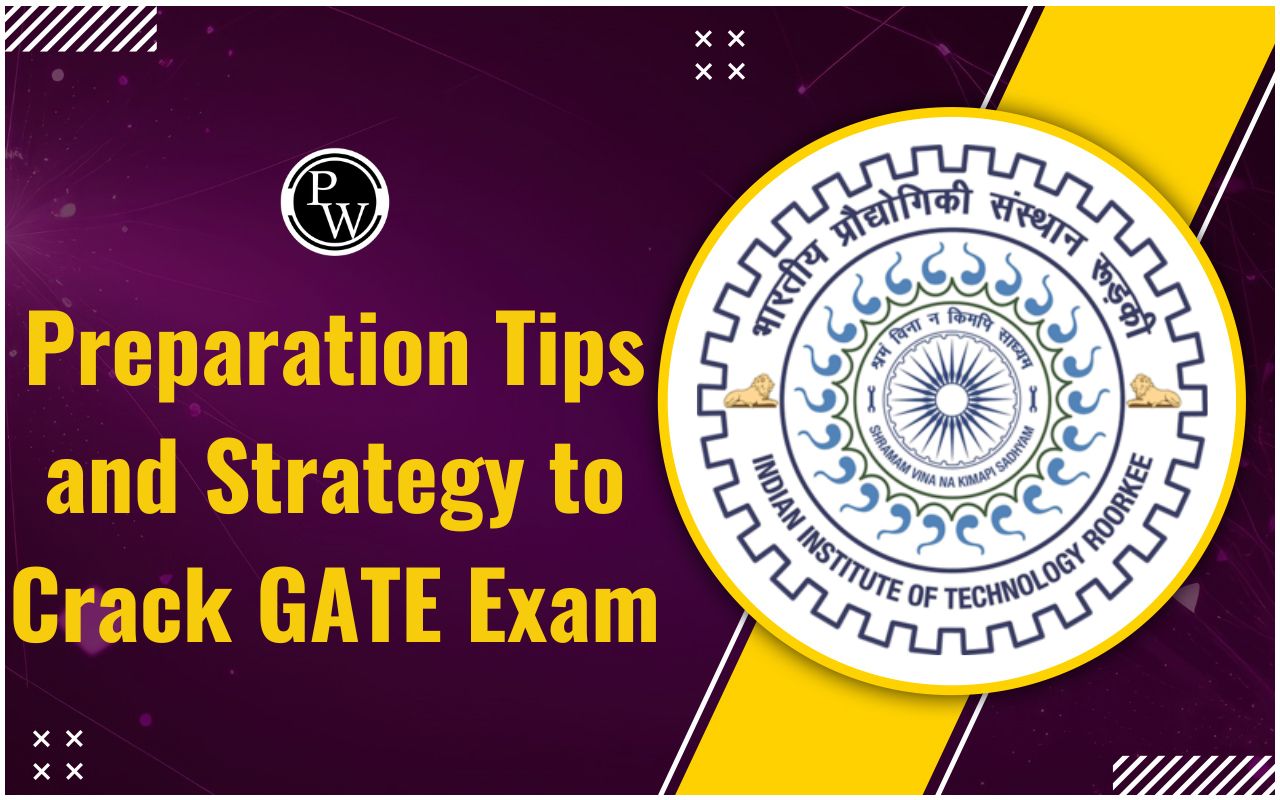NCERT Solutions for Class 12 English Flamingo Chapter 5 Indigo

Class 12 English Flamingo Chapter 5 Indigo:- Chapter 5 of Class 12 English Flamingo, titled "Indigo," brings to life a powerful story of courage and change. The chapter, written by Louis Fischer, narrates how Mahatma Gandhi helped the poor farmers in Champaran, Bihar, who were being exploited by British landlords. Through this chapter, we see how Gandhi’s simple yet powerful approach to non-violence and justice not only uplifted the peasants but also ignited a significant movement in India’s struggle for freedom.
For a better understanding, check out the Indigo Class 12 questions and answers below to reinforce your concepts. These Indigo chapter question answers will help clarify key points and ensure a deeper understanding of the chapter.
To understand Class 12 English Chapter 6, Indigo, begin by carefully reading the chapter. Focus on key themes such as the struggle for justice, leadership, and the impact of colonialism. Understanding these themes will make it easier to answer the Indigo question answers.Once you have gone through the chapter, you can refer to these NCERT solutions for Indigo. These solutions offer detailed explanations and help you break down the questions effectively, ensuring a deeper understanding of the chapter.
Check out: CBSE Class 12th Books
NCERT Solutions For Class 12 English Flamingo Chapter 5 Indigo
Go through the indigo question answers below:-
Q1. Why do you think Gandhi considered the Champaran episode to be a turning point in his life?
Ans. Gandhi considered the Champaran episode a watershed moment because it was his first significant experiment with Satyagraha in India. This movement wasn’t just a protest but a complete transformation of the peasant community, who had long been oppressed by the British landlords. Before Champaran, the peasants lived in constant fear, accepting exploitation as their fate. However, Gandhi’s involvement gave them a newfound courage and sense of dignity. This movement was a turning point not just for Gandhi personally but also for the Indian independence movement. It demonstrated that non-violent resistance could successfully challenge the might of the British Empire, thus giving Gandhi and the nation confidence in the power of Satyagraha.
Read More: NCERT Solutions for Class 12 English Flamingo Chapter 1
Q2. How was Gandhi able to influence lawyers? Give instances.
Ans. Gandhi influenced the lawyers by setting a powerful example of self-sacrifice and moral courage. When he arrived in Champaran and saw the plight of the peasants, he made it clear that he was willing to be arrested and even go to jail for their cause. His willingness to suffer for the truth made the lawyers re-evaluate their own commitment. Initially, the lawyers were hesitant to get involved, fearing the consequences. However, when they saw Gandhi’s determination, they couldn’t remain passive. Gandhi’s moral authority was so compelling that the lawyers, who were initially concerned with their own safety, decided to stay in Champaran and support the peasants, even if it meant going to jail. This change in attitude was a direct result of Gandhi’s influence.
Read More: NCERT Solutions for Class 12 English Flamingo Chapter 2
Q3. What was the attitude of the average Indian in smaller localities towards advocates of ‘home rule’?
Ans. During that period, the average Indian in smaller towns and villages was generally fearful of the British and cautious about supporting the ‘home rule’ movement. They understood the harsh consequences of openly defying the British authorities. This fear was deeply ingrained due to the long history of oppression and the brutal responses from the British to any form of dissent. Despite this, there were instances of quiet support. Some, like Professor Malkani, showed remarkable courage by providing shelter to Gandhi when he visited Muzaffarpur. These acts, though rare, were significant because they reflected a growing undercurrent of resistance and support for the freedom movement, even among those who were otherwise fearful.
Read More: NCERT Solutions For Class 12 Flamingo English Chapter 3
Q4. How do we know that ordinary people too contributed to the freedom movement?
Ans. Ordinary people were the backbone of the freedom movement, and this was evident in the Champaran episode. The spontaneous demonstrations by thousands of peasants outside the Motihari courthouse were a clear sign of their involvement. These peasants, led by the persistent efforts of Rajkumar Shukla, showed that the movement was not just a leadership-driven initiative but a mass uprising. Additionally, volunteers like Mahadev Desai, Narhari Parikh, and their wives contributed to the movement by setting up schools and improving the social conditions in Champaran. A doctor even volunteered for six months, which highlights the collective effort of ordinary people to support Gandhi’s mission. These contributions, though often overlooked, were crucial to the success of the movement and the broader struggle for independence.
Read More: NCERT Solutions For Class 12 Flamingo English Chapter 4
Talking About The Text:
“Freedom from fear is more important than legal justice for the poor.” Do you think that the poor of India are free from fear after Independence?
Gandhi believed that true justice for the poor was not just about winning legal battles but about freeing them from the deep-seated fear that had long suppressed them. However, even after Independence, many of the poor in India continue to live under various forms of fear—whether it be fear of poverty, social ostracization, or bureaucratic oppression. Despite numerous government initiatives aimed at improving their conditions, issues like low literacy rates, poor health, and lack of access to basic amenities persist. However, there has been a positive shift in recent years. The involvement of NGOs, corporate social responsibility initiatives, and social reformers has brought some relief to the marginalized sections of society. These efforts are gradually helping the poor overcome their fears, though there is still a long way to go before Gandhi’s vision of fearlessness is fully realized.
Read More:
- NCERT Solutions For Class 12 English Flamingo Chapter 6
- NCERT Solutions For Class 12 Flamingo English Chapter 7
Class 12 English Flamingo Chapter 5 Indigo Summary
"Indigo" is a chapter from Louis Fischer's biography of Mahatma Gandhi, which highlights a pivotal moment in the Indian independence movement. The chapter focuses on Gandhi’s efforts to address the plight of indigo farmers in Champaran, Bihar, who were being exploited by British landlords.
The story begins with Rajkumar Shukla, a determined peasant, seeking Gandhi’s help to fight against the oppressive system imposed by the British. Despite his busy schedule, Gandhi was moved by Shukla’s persistence and decided to visit Champaran to investigate the situation.
Upon arriving in Champaran, Gandhi discovered that the British landlords had forced the poor farmers to grow indigo on a significant portion of their land and sell it at prices dictated by the landlords. With the advent of synthetic indigo, the demand for natural indigo plummeted, but the landlords still demanded high rents from the farmers. The peasants, caught in a cycle of poverty and debt, had no choice but to comply.
Gandhi’s arrival in Champaran created a stir among the British authorities, who tried to dissuade him from getting involved. Despite being ordered to leave, Gandhi refused, choosing to stay and gather firsthand accounts from the farmers. His resolve led to his arrest, which in turn sparked widespread protests among the local population.
As a result of Gandhi’s efforts and the public outcry, the case against him was dropped, and an inquiry was ordered into the grievances of the farmers. The British authorities were compelled to negotiate, leading to a significant reduction in the exploitation of the peasants. The success of this movement not only improved the lives of the Champaran farmers but also demonstrated the power of non-violent resistance and mass mobilization.
Check out: Class 12th Sample Papers
Class 12 English Flamingo Chapter 5 Indigo FAQs
Q1. What is the main theme of the chapter "Indigo"?
Ans. The main theme of "Indigo" is the struggle for justice and the power of non-violent resistance. The chapter highlights how Mahatma Gandhi’s principles of Satyagraha were effectively used to address the exploitation of indigo farmers in Champaran by British landlords.
Q2. Who was Rajkumar Shukla, and what role did he play in the Champaran episode?
Ans. Rajkumar Shukla was a determined peasant from Champaran who played a crucial role in bringing Mahatma Gandhi to the region. His persistence and dedication to seeking justice for the exploited farmers led Gandhi to investigate and address the issue.
Q3. What were the conditions faced by the indigo farmers in Champaran?
Ans. The indigo farmers in Champaran were forced by British landlords to grow indigo on a significant portion of their land and sell it at unfair prices. They were trapped in a cycle of poverty and debt, as they had no choice but to comply with the landlords’ demands.
Q4. How did Gandhi respond to the British authorities' order to leave Champaran?
Ans. Gandhi refused to obey the British authorities' order to leave Champaran. He chose to stay and gather evidence of the exploitation faced by the farmers. His non-compliance led to his arrest, which further galvanized public support for the movement.
Q5. What impact did Gandhi's arrest have on the local population?
Ans. Gandhi’s arrest sparked widespread protests among the local population in Champaran. The public outcry and the mass demonstrations forced the British authorities to reconsider their stance, leading to Gandhi’s release and an inquiry into the farmers’ grievances.










